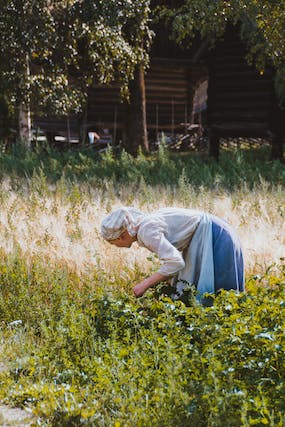
Watering the Seeds of Abundance: Mastering the Art of Irrigation
Imagine a sun-drenched field, the gentle rustling of leaves under a warm breeze, and plump, glistening fruits basking in the glow. This idyllic scene wouldn’t be possible without the invisible hand of irrigation – the lifeblood of agriculture, guiding thirsty crops towards bountiful harvests.
Irrigation, the controlled application of water to land, is an ancient art honed over millennia. From the intricate canals of ancient Egypt to the high-tech sprinklers of modern farms, it has sustained civilizations and nourished populations. But mastering this vital skill involves more than just turning on a hose. It’s a delicate dance between science, timing, and resource management, ensuring crops receive the perfect sip to thrive without drowning in excess.
Understanding the Water Needs of Your Crops:
Every crop is unique, with its thirst, its own rhythm. Wheat drinks deeply, corn gulps quickly, while delicate fruits like strawberries prefer a gentle mist. Understanding these individual needs is the first step to successful irrigation. Consider these factors:
- Climate and weather: Hot, dry regions necessitate more frequent watering, while cooler climates might require less. Sudden rainstorms can alter your schedule.
- Soil type: Sandy soils drain quickly, demanding more frequent irrigation, while clay soils hold water longer, requiring less frequent intervention.
- Crop stage: Seedlings need gentle showers, while mature plants may require deeper soakings.
Choosing the Right Tool for the Job:
Gone are the days of bucket brigades and backbreaking labor. Today, a diverse arsenal of irrigation technologies stands ready to quench your crops’ thirst:
- Sprinklers: These familiar overhead systems shower fields with a gentle rain, mimicking natural precipitation.
- Drip irrigation: Water is delivered directly to plant roots through a network of tubes and emitters, minimizing waste and maximizing efficiency.
- Center-pivot systems: These rotating towers fitted with sprinklers reach vast areas, ideal for large-scale farms.
- Subsurface irrigation: Water is delivered directly below the soil surface, reducing evaporation and minimizing weed growth.
Tuning in to the Rhythm of Water:
Knowing how much to water and when is just as crucial as choosing the right method. Overwatering can lead to waterlogging, nutrient leaching, and even disease. Underwatering stunts growth and reduces yields. Here are some guiding principles:
- Monitor soil moisture: Regularly checking the soil’s moisture content using simple tools like a tensiometer or a finger test helps you tailor watering schedules.
- Listen to your plants: Wilting leaves and stunted growth are cries for help from thirsty crops.
- Consider evaporation: Hot, windy days demand more frequent watering than cool, overcast ones.
- Embrace technology: Moisture sensors and smart irrigation systems can automate watering based on real-time data, ensuring optimal water management.
Sustainable Irrigation for a Thriving Future:
Irrigation is a powerful tool, but with great power comes great responsibility. Sustainable practices are essential to ensure we nourish our crops without depleting our precious water resources:
- Water conservation: Choose efficient irrigation methods, collect rainwater, and reuse treated wastewater where possible.
- Precision agriculture: Utilizing technology like drone imaging and soil sensors helps target water application to specific areas where it’s needed most.
- Crop selection: Opting for drought-resistant crops reduces your overall water needs.
- Healthy soil: Building organic matter in the soil improves its water-holding capacity, reducing irrigation requirements.
By mastering the art of irrigation, we can weave a tapestry of verdant fields, abundant harvests, and a sustainable future for generations to come. Remember, every drop counts, and with thoughtful planning and responsible practices, we can ensure our crops drink their fill without draining the wellspring of life for our planet. So, let’s raise a glass – or perhaps a water-efficient sprinkler – to the vital skill of irrigation, and may our fields forever bloom under its watchful care.